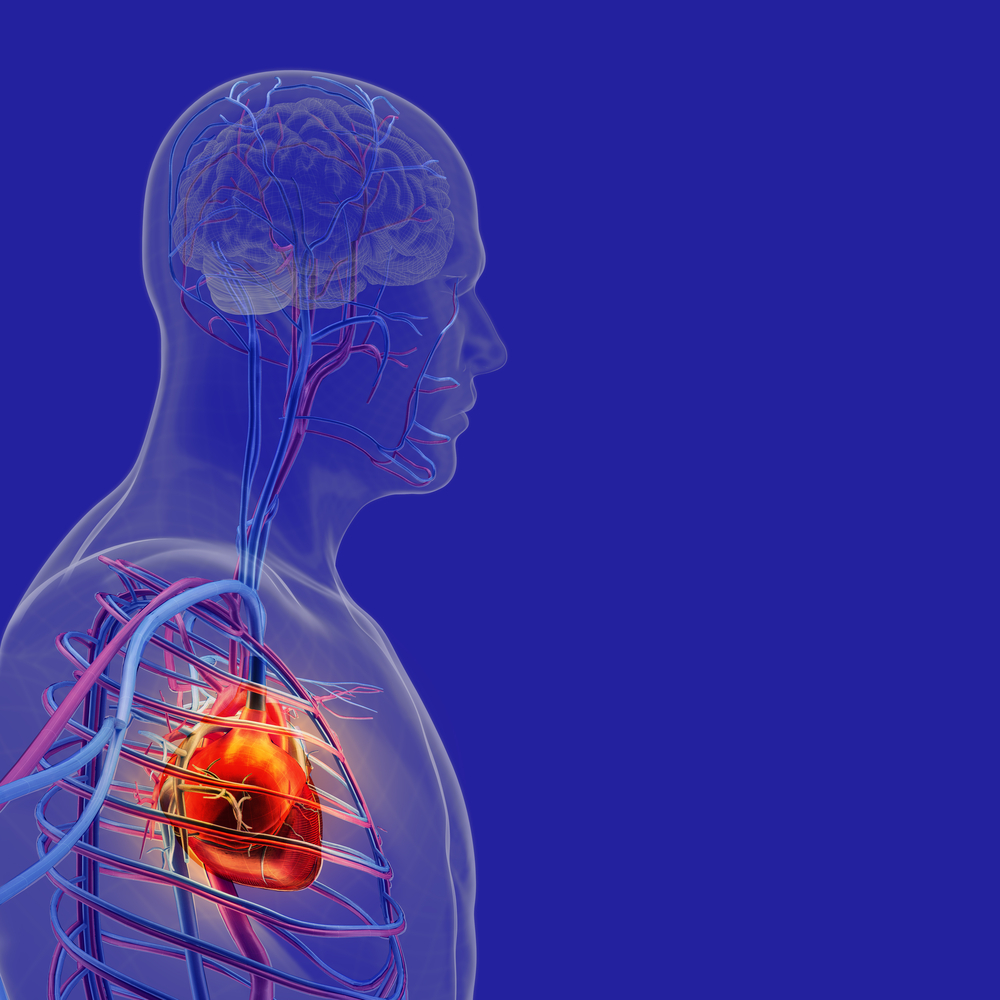D409H Mutation in GBA Gene Linked to Calcification in Heart, Case Report Shows

Gaucher disease patients harboring a D409H mutation in the GBA gene show calcification — deposits of calcium salts — in the heart vessels, increasing their risk of cardiac problems, according to a case report.
These patients should undergo an annual heart examination to detect potential problems sooner.
The study, “Aortic calcification in Gaucher disease: a case report,” was published in the journal of The Application of Clinical Genetics.
Gaucher disease, caused by mutations in the GBA gene, has a broad spectrum of symptoms, including enlarged spleen and liver, low platelet levels, bone disease, and neurological impairments.
The disease is classified into three types based on age of onset, progression, and the presence of neurological abnormalities.
In this study, researchers in Saudi Arabia reported the case of an 11-year-old girl with type 3 Gaucher disease who developed calcification in major heart vessels, and eventually died of cardiovascular complications.
When doctors first saw the girl, age 4 at the time, she had mild liver enlargement and moderate spleen enlargement. Blood analysis revealed a low level of cells in circulation, affecting white blood cells and platelets.
Echocardiography, an echocardiogram of the heart, showed no signs of abnormalities, and the patient showed normal heart activity and blood pressure. Her neurological assessment was normal, except for an inability to control eye movement.
Her family had a considerable consanguinity history and her older brother, who had Gaucher type 3 disease, had died at age 12.
The activity of the beta-glucocerebrosidase enzyme, encoded by the GBA gene, was reduced, consistent with a Gaucher disease type 3 diagnosis. Genetic testing showed a homozygous mutation, called D409H, in the GBA gene, leading to a diagnosis of Gaucher disease.
Enzyme replacement therapy was suggested, but the family refused the treatment because of its beliefs.
At age 11, the girl was referred to the hospital with a history of temporary loss of consciousness. Her weight and height were below normal and she continued to show an enlarged liver and spleen, without lesions.
Her blood cell counts remained low and her neurological status was normal.
A new echocardiography showed several cardiac alterations, including thickened and leaking valves of the heart, accompanied by an enlargement of the heart’s left atrium and obstructions on its right side.
A computed tomography scan confirmed these abnormalities and revealed calcification in the heart’s valves and aorta.
The patient received medication to prevent heart failure, but she failed to improve. Her clinical state declined quickly, and she died before the possibility of surgery.
“Aortic and valve calcification in [Gaucher disease] has been previously reported in multiple ethnic groups. All the patients reported had the variant D409H, which is known to cause GD type III,” researchers said.
It is therefore critical that Gaucher disease patients with the D409H mutation are carefully surveilled for cardiac problems and undergo an “annual echocardiogram as a measure to detect the disease earlier,” the researchers said.
Further studies should focus on a better understanding of the molecular and physiological events that tie the D409H mutation to the development of cardiac calcification, as the current knowledge on this subject is very limited.


